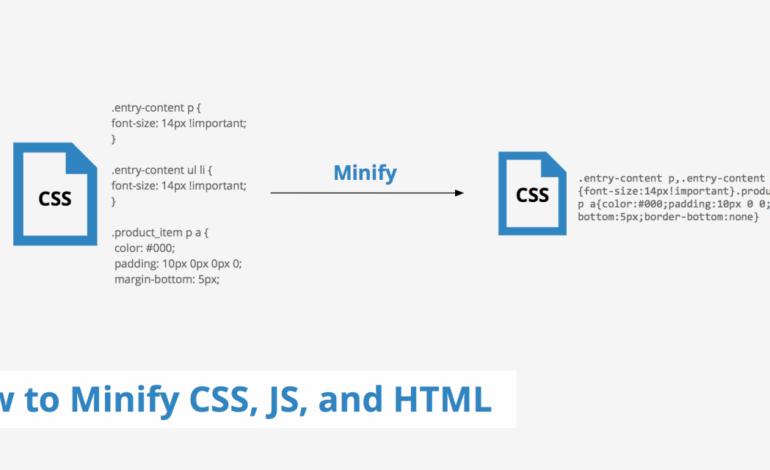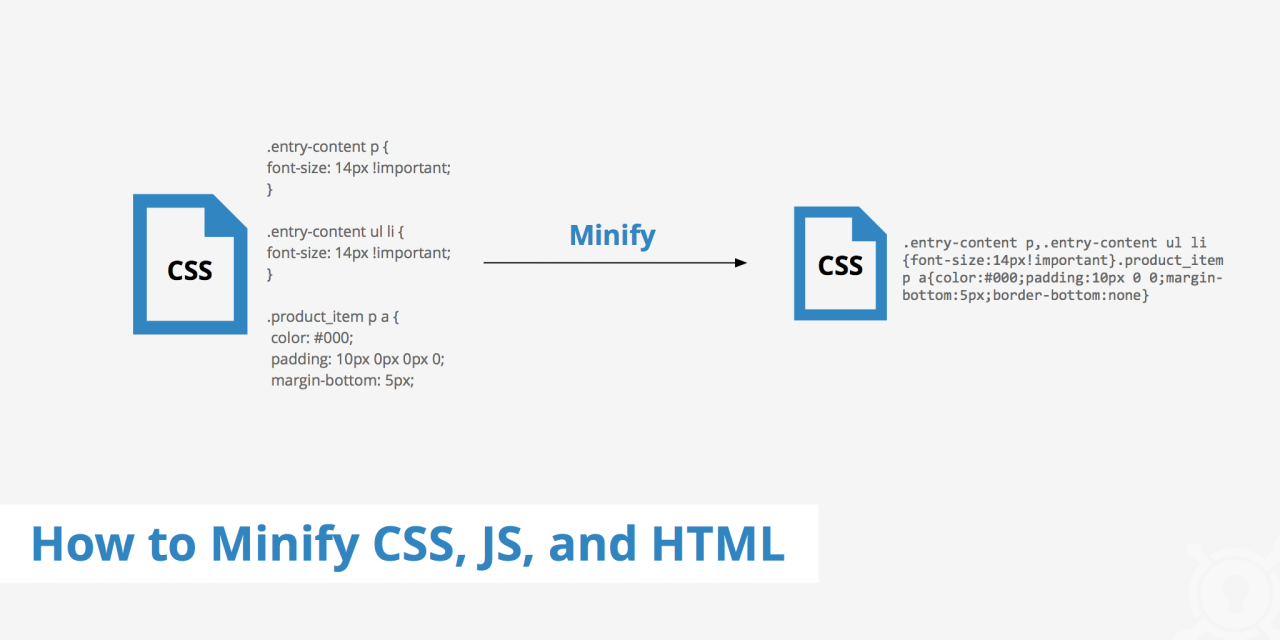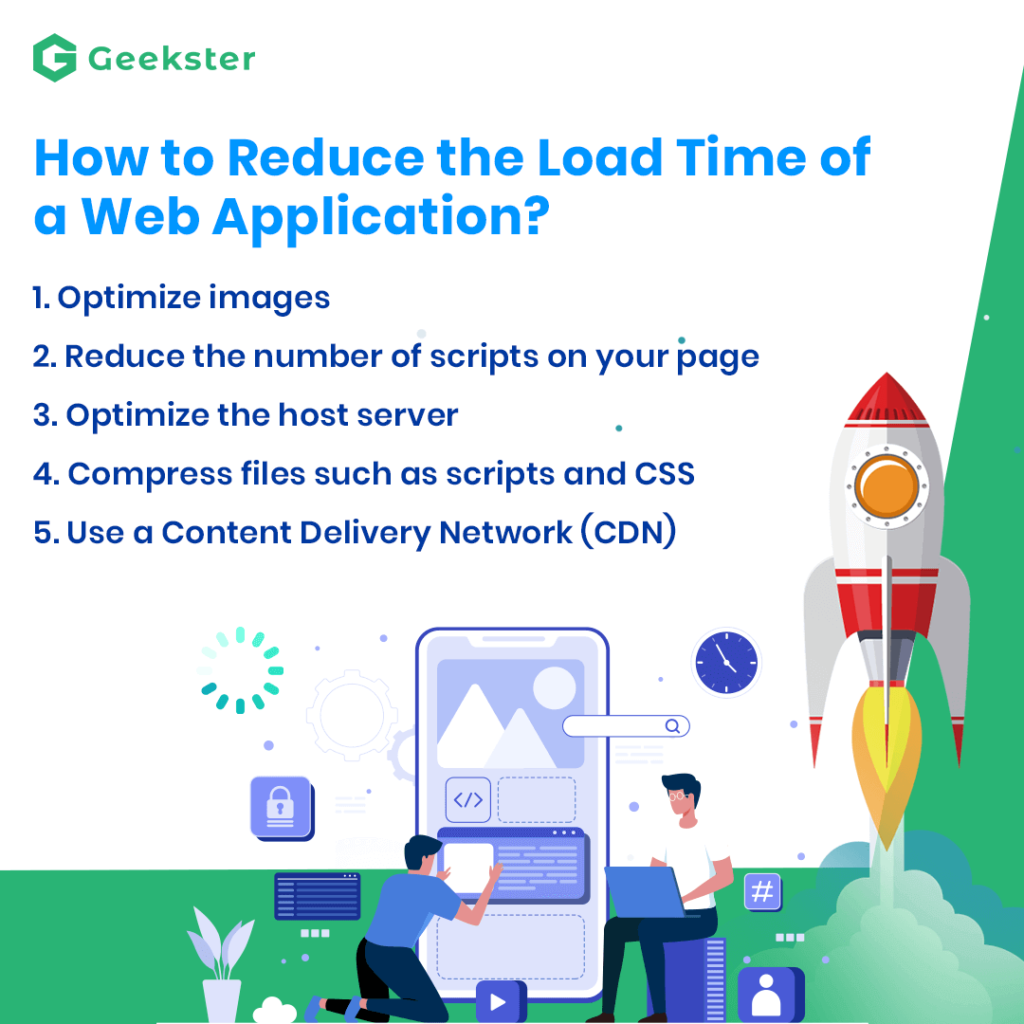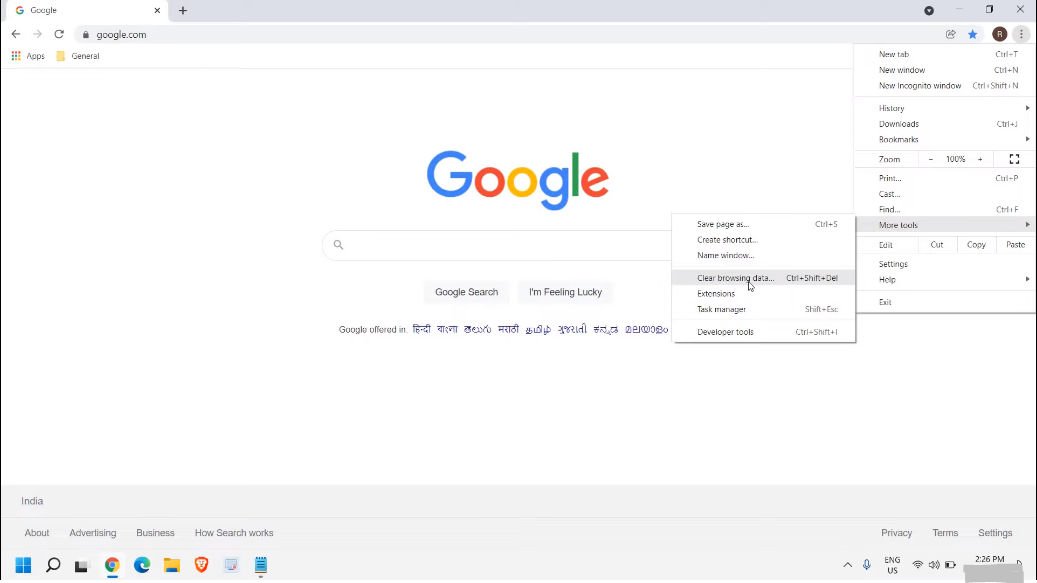Minify CSS JavaScript Boost Your Site Speed Now

Did you know that shaving just a few kilobytes off your website’s CSS and JavaScript files can significantly boost its loading speed and improve user experience? In today’s fast-paced digital world, every millisecond counts, and large, unoptimized code files can be a major drag on performance.
Minifying CSS and JavaScript is the process of removing unnecessary characters, like whitespace and comments, from your code, resulting in smaller file sizes that download faster. This seemingly small optimization can have a huge impact on your website’s speed, SEO ranking, and overall user satisfaction.
In this article, we’ll delve into the world of minification, exploring its benefits, various techniques, and readily available tools to help you streamline your code and deliver a blazing-fast web experience. Get ready to unlock the secrets to optimizing your front-end performance and making your website shine!
Minifying CSS and JavaScript: A Quick Guide
Website speed is crucial. Visitors expect pages to load quickly, or they’ll bounce. One key strategy to improve loading times? Minifying your CSS and JavaScript files. Let’s break down what that means and how to do it.
Minification essentially shrinks your code. It removes unnecessary characters like whitespace, comments, and even sometimes shortens variable names. The result? Smaller files, faster downloads, and happier website users.
Think of it like packing for a trip. You want to take everything you need, but you also want your suitcase as light as possible. Minification helps you pack your code more efficiently.
It’s not about changing the functionality, just making the delivery smoother. Your website will look and act exactly the same, but it will load faster. This is a win for both users and your search engine ranking.
Understanding the “Why” Behind Minification

Speed matters. Search engines like Google factor website speed into their ranking algorithms. A faster website can mean better visibility, more traffic, and ultimately, more conversions.
Smaller files mean less data to transfer. This is particularly crucial for mobile users who may have slower internet connections or limited data plans. A quick-loading site improves their experience.
Consider the cumulative effect. Every millisecond shaved off the load time adds up. When compounded over hundreds or thousands of requests, the impact of minification is significant.
It’s a simple optimization with a big payoff. It’s a relatively easy task that can produce significant improvements. It is something you can implement today.
How to Minify CSS and JavaScript Files
There are several approaches to minifying your code. Online tools, build processes, and server-side solutions all offer ways to streamline your CSS and JavaScript delivery.
Online tools are perfect for quick, one-off tasks. Simply upload your file, click a button, and download the minified version. This is a great option for smaller projects or testing purposes.
Build processes, often integrated into development workflows with tools like Webpack or Gulp, automate the minification process. This ensures your code is always optimized before deployment.
Some Content Delivery Networks (CDNs) automatically minify files as part of their service. This is a convenient option if you’re already using a CDN to serve your static assets.
Use the right tools for the job. Many code editors will have plugins for CSS and JavaScript minification. These plugins can automate the process.
Choosing the Right Minification Tools
A multitude of tools exist for minifying code. Online options like CSSNano for CSS and UglifyJS for JavaScript are popular choices. Investigate to find ones that fit your workflow.
Build tools such as Webpack, Parcel, and Gulp offer minification plugins as part of their larger functionality. These are excellent for larger, more complex projects that require automated builds.
Many Integrated Development Environments (IDEs) provide extensions or plugins that can automatically minify files on save. This integration streamline the development process.
Consider your project size, team workflow, and required features when selecting a tool. There is no ‘one size fits all’; pick the tool that best meets your particular project requirements.
Research and experimentation are key. Try a few options to see which ones integrate most seamlessly into your existing workflow and provides the best results for your code.
Best Practices for Minification
Always keep an unminified version of your files for debugging. Minified code can be difficult to read, so having the original source code is essential for troubleshooting.
Automate the minification process as part of your build process. This ensures your code is always optimized for production and reduces the risk of human error.
Test your minified code thoroughly. While minification shouldn’t change the functionality, it’s always a good idea to confirm everything works as expected after minifying.
Use source maps to link your minified code back to the original, unminified code. This makes debugging much easier, as you can see the original code in your browser’s developer tools.
Consider using a CDN to serve your minified files. CDNs can significantly improve loading times by distributing your files across multiple servers around the world.













